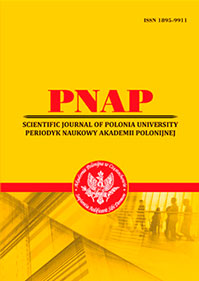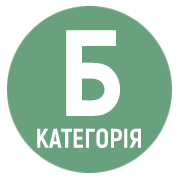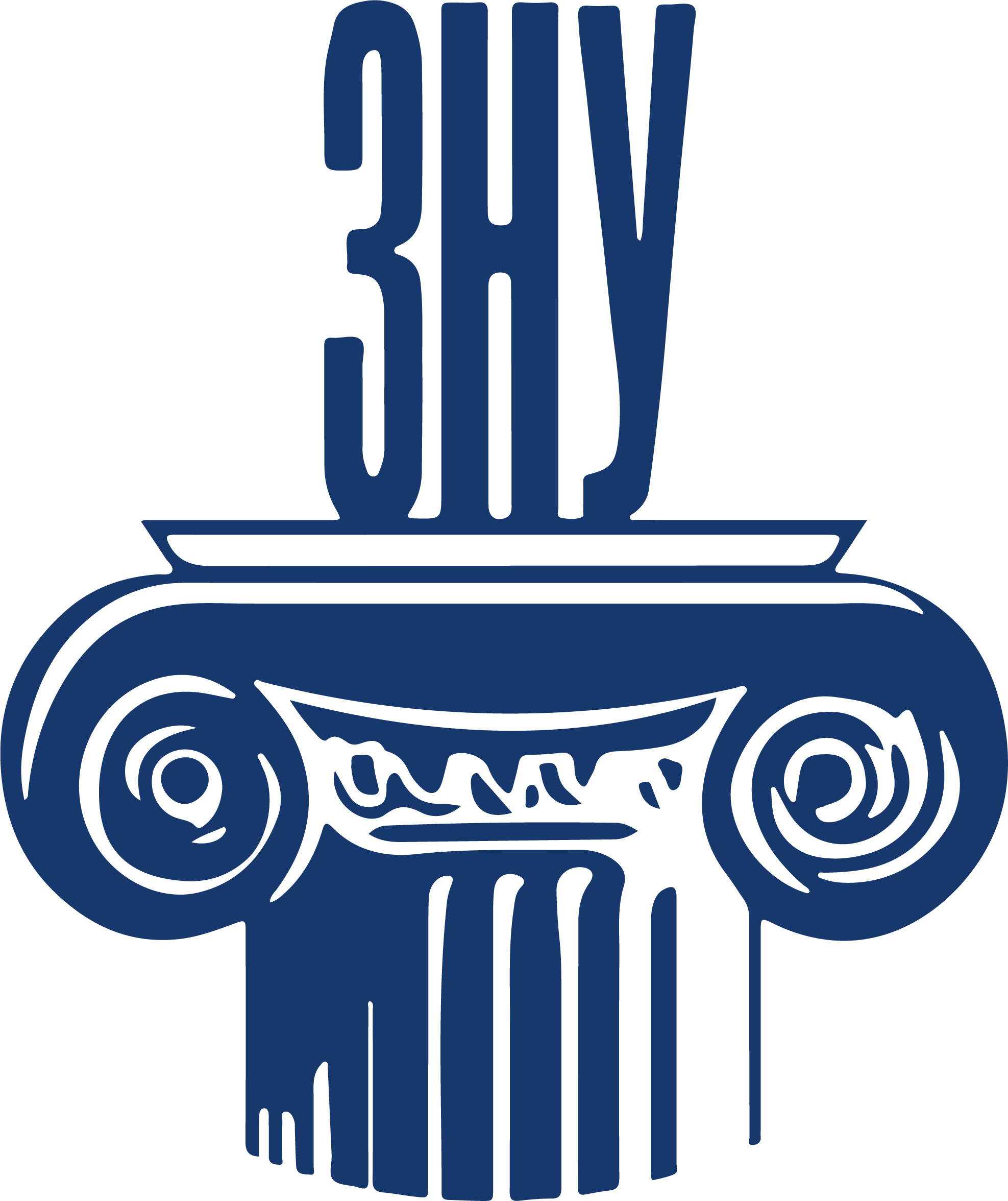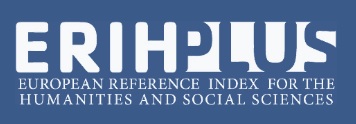СТРУКТУРНО-СЕМАНТИЧНІ ОСОБЛИВОСТІ КОЛЬОРОПОЗНАЧЕННЬ В АНГЛІЙСЬКІЙ МОВІ (НА МАТЕРІАЛІ СУЧАСНИХ БРЕНДІВ ДЕКОРАТИВНОЇ КОСМЕТИКИ)
Анотація
Стаття присвячена дослідженню семантики та структури кольоропозначень на матеріалі англомовних номінацій кольорів помад, тіней, рум’ян, хайлайтерів, бронзерів та лаків для нігтів, використовуваних у 2010-х і на початку 2020-х років сучасними британськими та американськими брендами декоративної косметики, які були отримані методом суцільної вибірки з офіційних Інтернет-ресурсів брендів (629 кольоропозначень (лексем та словосполучень)). Актуальність вибраної теми наукової розвідки зумовлена, передусім, динамічністю цієї системи в сучасних висококонкурентних умовах ринку косметичної продукції, що призводить до пошуку нових вимірів номінації кольорів та їхніх відтінків у цій галузі. Встановлено, що колір із-поміж інших ознак предмета використовується як його відмінна риса, розпізнавальна особливість зорового сприйняття світу людиною і передає значення двома основними способами: природними асоціаціями та психологічними, або культурними, символами. Аналіз емпіричного корпусу дослідження підтверджує тенденцію до пере- осмислення традиційних стандартів утворення кольороназв для привернення уваги споживачів та більш привабливого іміджу продукції на ринку. Вище- окреслена тенденція призводить до того, що точність передачі назви кольору, його відтінку або тону відходить на периферію, а емоційно-психологічна скла- дова частина, залучена до процесу номінації, набуває найбільшої значущості. Кількісний аналіз корпусу дослідження демонструє, що високою продуктивністю відрізняються кольоропозначення досліджуваних брендів декоративної косметики, які генетично пов’язані з іменниками на позначення тварин, рослин, природних явищ; меншою продуктивністю характеризуються кольоропозначення із семантикою казкових створінь, найменування елементів сонячної системи, географічні назви, власні імена, сучасний сленг, іменники на позначення напоїв та продуктів харчування. Структурно домінують однокомпонентні моделі «іменник» та «прикметник», і двокомпонентні моделі «прикметник + іменник» та «іменник + іменник». Однокомпонентні структурні моделі «числівник» та «вигук»; двокомпонентні моделі «дієслово + прислівник», «прикметник + прикметник», «дієслово + займенник» тощо визначаються низькою продуктивністю.
Посилання
2. Деева И.М. Валентные свойства английских прилагательных – «периферийных» цветообозначений. Теоретические вопросы английской филологии (Лексикология). Горький, 1974. С. 164–180.
3. Іншаков А.Є. Теоретичні засади дослідження колірної лексики в мовознавстві. Філологічні студії. Науковий вісник Криворізького державного педагогічного університету. 2013. Вип. 9. С. 188–195.
4. Ковальська І.В. Особливості відтворення стилістичної семантики колірних лексем у перекладі (на матеріалі української та англійської мов). Мовознавство. 1999. № 4–5. С. 67–70.
5. Кудрина А.В., Мещеряков Б.Г. Семантика цвета в разных культурах. Психологический журнал Международного университета природы, общества и человека «Дубна». 2011. C. 1–18.
6. Месяц С.В. Иоганн Вольфганг Гёте и его учение о цвете (часть первая). Москва : Кругъ, 2012. 464 с.
7. Cемашко Т.Ф. Семантична структура лексичних одиниць на позначення кольору в українській мові. Мовознавство. 2009. Вип. 17. С. 14–21.
8. Berlin B., Kay P. Basic Colour Terms: Their Universality and Evolution. Berkley and Los Angeles, California: University of California Press, 1969. 178 p.
9. Birren F. Color Psychology and Color Therapy: A Factual Study of The Influence of Color on Human Life. N.Y.: Putnam press, 1961. 312 p.
10. Kay P., Berlin B., Maffi L., Merrifield W. R., Cook R. The World Color Survey. Stanford CA: CSLI Publications Stanford University, 2009. P. 21–56.
11. Worf B. L. The Phonetic Value of Certain Characters in Maya Writing. Cambridge: Harvard University, 1933. P. 91–96.
12. Wierzbicka, A. There are no “Color Universals” but There are Universals of Visual Semantics. Anthropological Linguistics, 47(2). 2005. P. 217–244.
 ISSN
ISSN 


.png)



